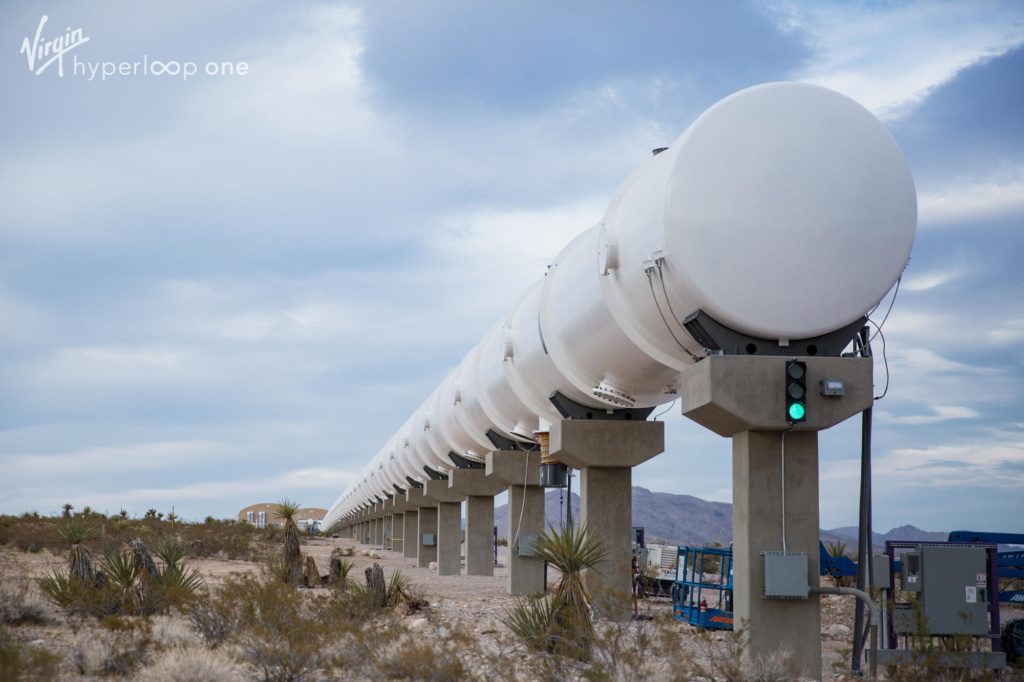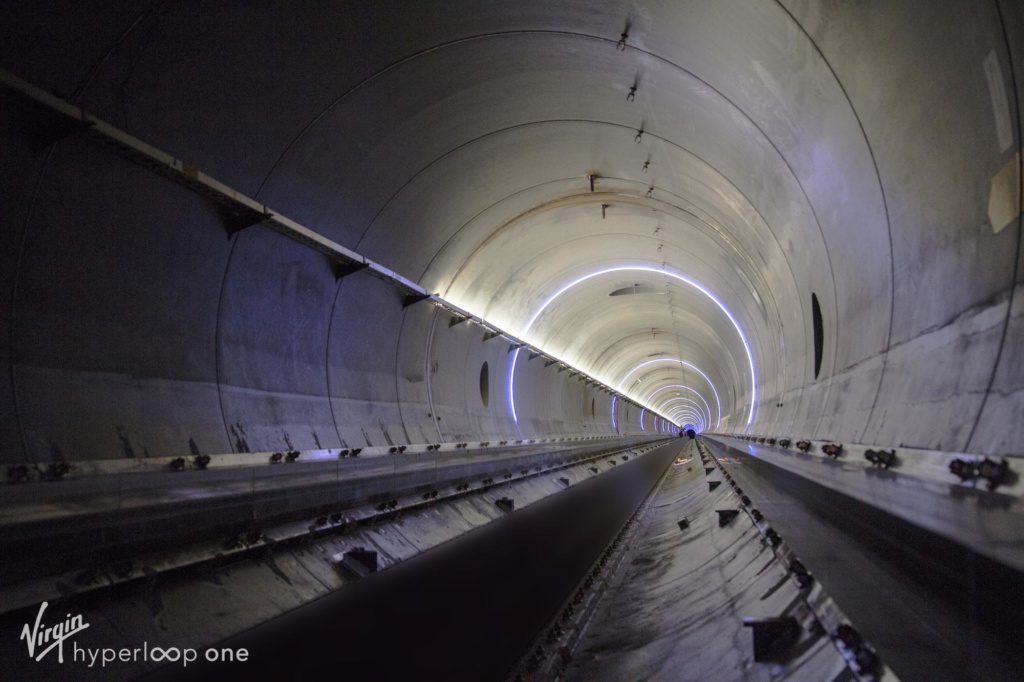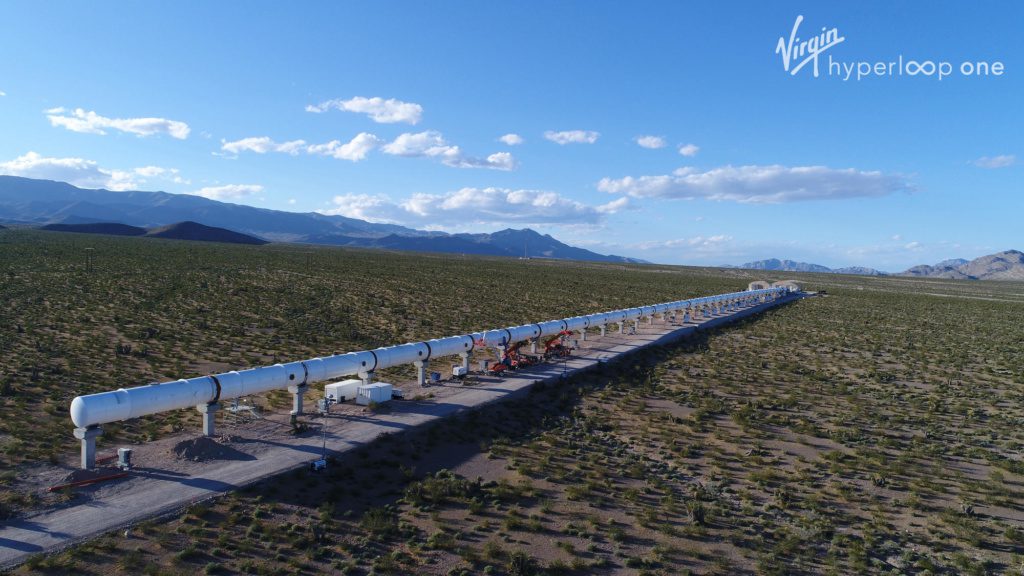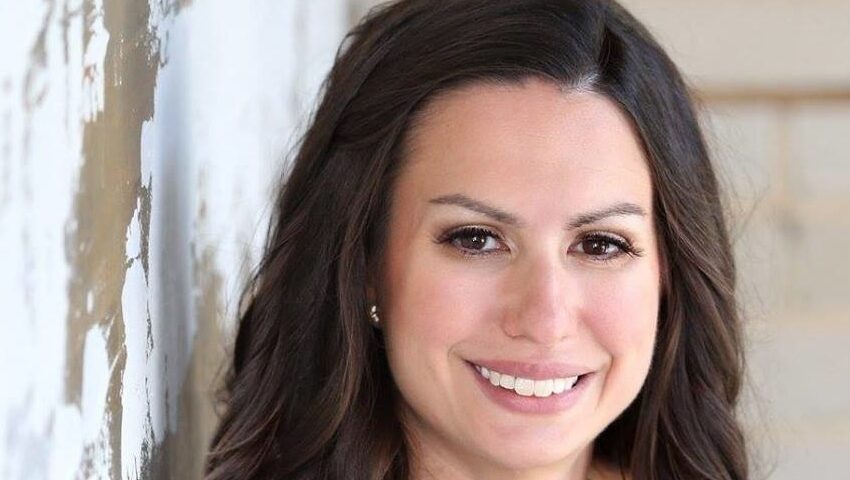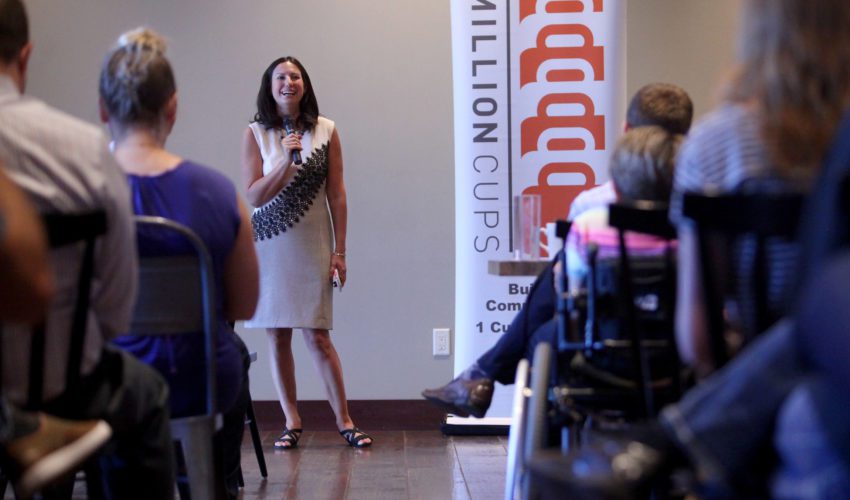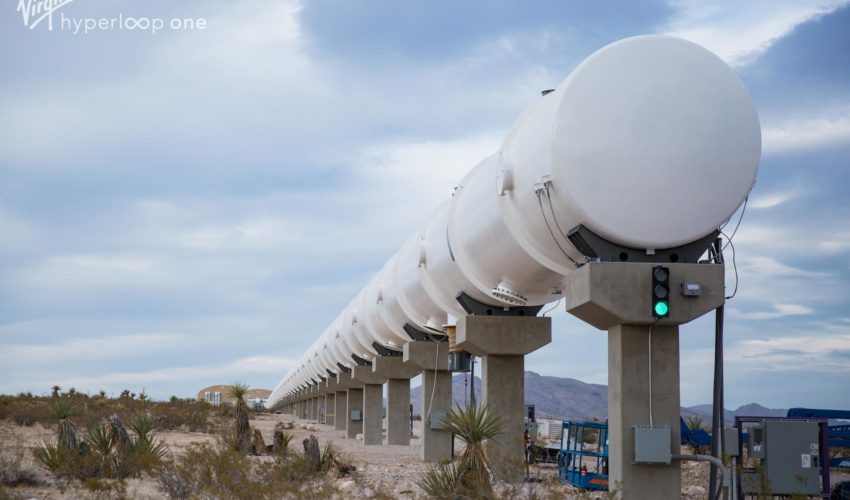Jodi’s Journal: Sioux Falls to Minneapolis in 27 minutes? Yes, if you’re on hyperloop
Sept. 29, 2019
I clocked it: 62 minutes.
That’s how long it took from wheels up to wheels down when I flew from Cleveland to Chicago recently.
Of course, that doesn’t count the drive to the airport, the check-in process (thank you, TSA pre-check) or the boarding, taxiing, landing and more taxiing. Or the bit of missed sleep I know I incurred dreading having to deal with O’Hare International Airport in the first place.
So when I heard about an emerging form of transportation that could get me from Cleveland to Chicago in 28 minutes, I was on board from the start.
It’s called hyperloop transportation, and while what I’m about to detail probably will sound like something destined for the next century, it appears to be much closer at hand.
“At the federal level, they’re considering this a new category of transportation,” said Ryan Kelly, head of marketing and communications for Virgin Hyperloop One.
“It’s the first new category in mass transportation in over 100 years, which is pretty mind-blowing to think about.”
The whole thing is pretty mind-blowing to think about, actually.
Virgin Hyperloop One is one of a couple of companies pioneering this new form of transportation. This is much more than high-speed rail. It involves moving people and cargo in wheel-less pods, propelled by magnetic levitation through a low-pressure, near-vacuum tube at speeds up to 670 mph.
“As far as infrastructure goes, it looks very close to train infrastructure, except you’re in a closed environment in a tube,” said Kelly, who notes that passengers basically will feel like they’re on a train.
“But the other thing is you’re floating, and we control the weather, so you won’t feel bumps. You’ll feel nothing. We keep increasing speed, but in a way that’s not going to be jarring,” he said. “We want it to be the most boring 670-mile-per-hour ride of your life.”
There’s nothing boring about the implications of this technology, though, which is approaching seemingly at a speed in keeping with the pods themselves.
Virgin Hyperloop One has amassed almost $400 million in venture capital, including an investment from Sir Richard Branson’s Virgin Group.
The hope is to begin passenger operations – somewhere – by the middle of the next decade, which is all of potentially five to six years from now.
There are multiple feasibility studies being done by multiple companies, and Congress is beginning to appropriate funding related to hyperloop projects. Many cities and states are vying for a presence within this potential transportation network.
Virgin Hyperloop One is studying multiple potential corridors – and they aren’t all in big metros. One is a 360-mile route that would link Denver with Pueblo, Colo. and Vail, Colo., and Cheyenne, Wyo.
“We’re seeing a lot of states … and it’s not New York or California. It’s everything in the middle,” Kelly said. “It’s been really interesting. Places like Missouri are raising their hand and saying it’s a great opportunity because a lot of the infrastructure is similar to skills they already have.”
As I began digging into it, I found little knowledge about hyperloop transportation and even less engagement within South Dakota. This seems like a missed opportunity that we should catch up to – and fast.
Because here’s what else I discovered: Virgin Hyperloop One, which already has a test track built in Las Vegas, is looking for a place to locate its certified safety track.
South Dakota has a lot going for it – in my opinion – as it relates to this industry. We have a lot of flat land, which makes constructing and operating the hyperloop easier. We have a lot of wind and sun, which both eventually could power the pods.
We also have Dakota State University with its outstanding reputation and talent in cybersecurity. That’s an essential ingredient for this industry, which operates on demand, with pods departing up to several times per minute and taking passengers directly to their destinations with no stops along the way.
“It runs more like a highway system than a railroad track,” Kelly said. “The pods actually ‘talk’ to each other because they’re digitally connected.”
Public-private partnerships will be key in determining which state becomes home to the certification track, he added.
Maybe it’s because I did my phone interview with Kelly from the media room at last week’s Sanford International, but the health system immediately came to mind. Imagine a hyperloop connecting Sioux Falls, Des Moines, Fargo and wherever else Sanford decides to expand next.
Using this route estimator, it would take 27 minutes to get from Sioux Falls to Minneapolis using hyperloop transportation. It would take 28 minutes to get from Sioux Falls to Fargo.
“We’re trying to connect cities like Metro stops,” Kelly explained. “If you could go from Columbus to Chicago in under 40 minutes, what would that do for where you could work or live? People are starting to wrap their heads around what the economics of that could look like.”
The idea that you could live in one metro area and so easily commute to another one opens up a world of economic opportunity that’s almost hard to process. The implications for almost every industry, including tourism, are enormous.
“We all know that mobility creates economic push,” Kelly said. “For a place like South Dakota – imagine if you became the first hyperloop hub in the country, and it becomes the connector between the East and West (coasts) and Canada. I think that’s a first-mover opportunity.”
The certification track alone will provide “a huge amount of jobs” and worldwide interest, he added.
As much as I would love to see South Dakota lead in this effort – and I don’t see why we shouldn’t begin reaching out to explore the possibilities – more than anything I don’t want to see this state fall behind as other communities begin becoming connected to a hyperloop route.
Some experts believe the U.S. actually will fall behind much of the rest of the world in implementing this technology because of regulatory requirements that are more difficult to overcome than in places such as India and the Middle East. South Dakota, of course, has long touted its favorable regulatory and business climates.
So let’s not allow what happened to us with ride-sharing services to happen with hyperloop. Let’s not become one of the last to get the new high-powered version of Lyft or Uber. Let’s instead think bigger and see if there’s an opportunity to lead in an industry with the potential to truly change the way we all live, work and get around.

